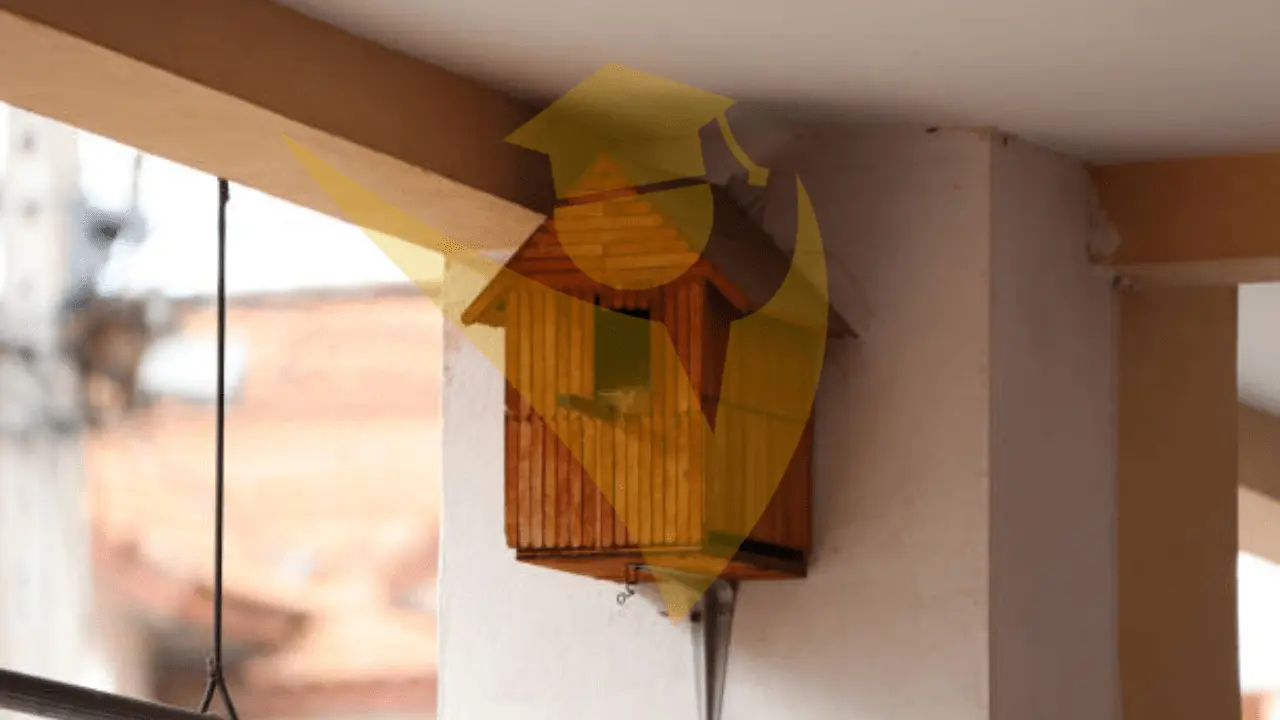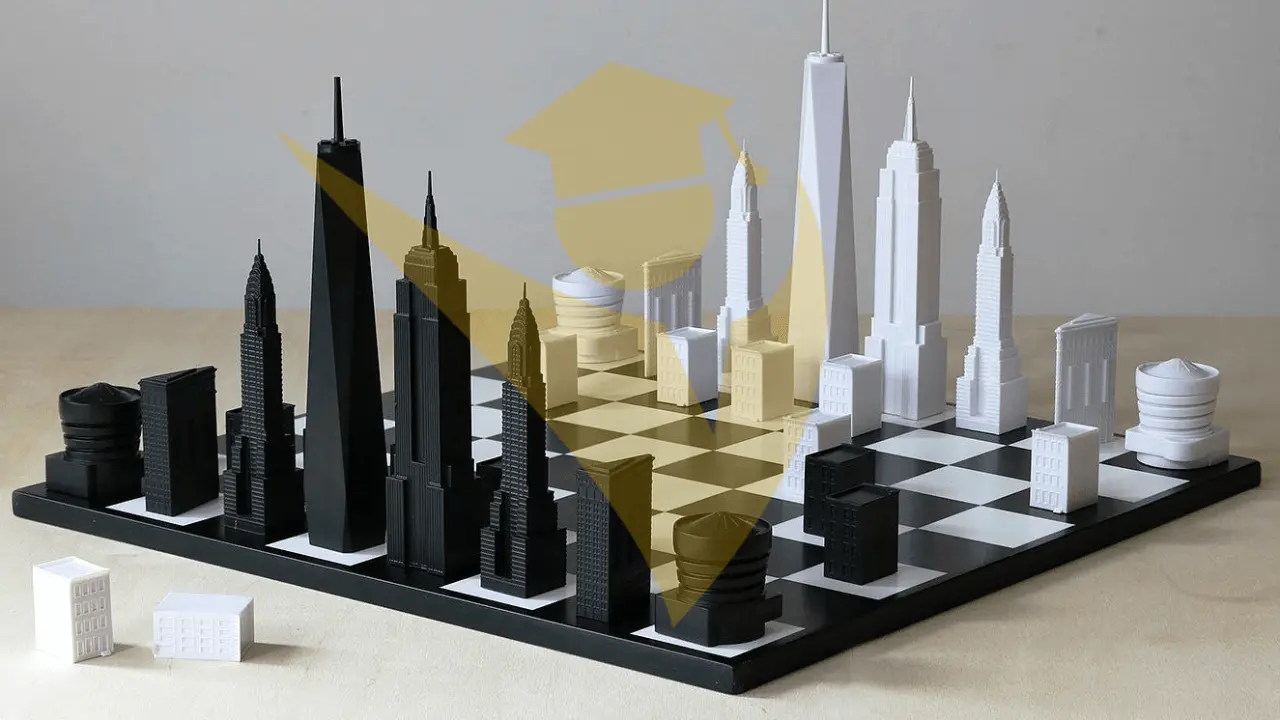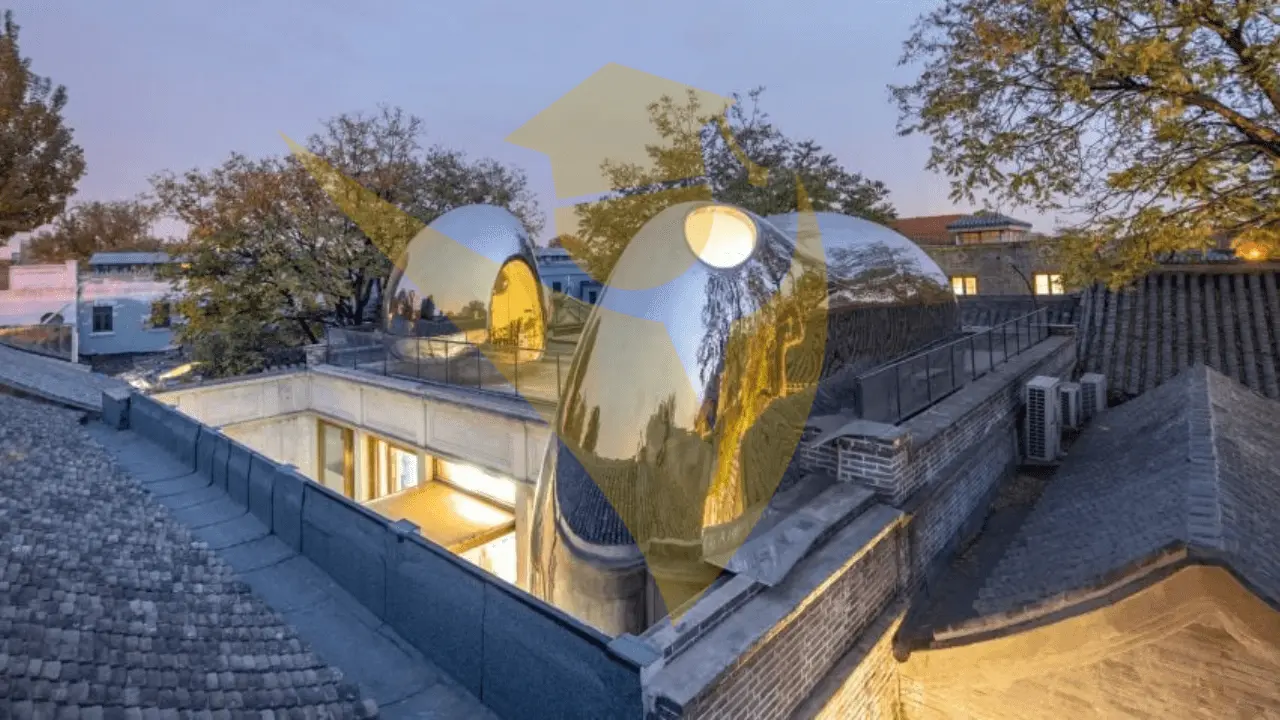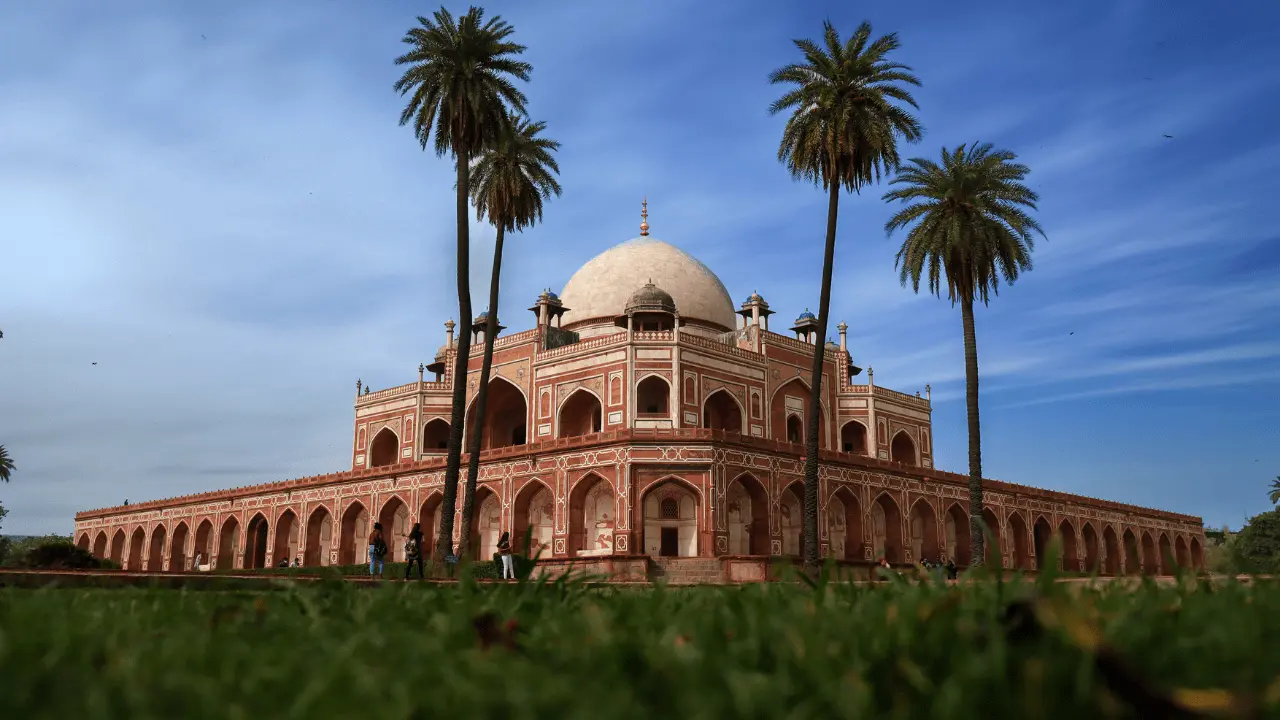30 Metaphors for Buildings Advance Examples

30 Metaphors for Buildings – The best design of building
In the realm of language and literature, metaphors serve as powerful tools to convey meaning in a figurative and vivid manner. Metaphors enable us to connect abstract concepts with concrete everyday objects, thereby enhancing our understanding and engagement with various subjects.
Impactful metaphors for buildings help to create a lasting impression and evoke strong emotions or visualizations when describing buildings. They make the description more engaging and memorable.
The building metaphors, with their strong presence and symbolic nature, offer a rich landscape for metaphors to flourish. They can serve as poignant representations of ideas, emotions, and experiences.
So, let’s embrace the magic of metaphors and use them to create impactful and memorable pieces of writing.
Metaphors for Buildings – List of Construction
1. “Sentinel of Progress.”
This metaphor indicates that a skyscraper stands tall, like a sentinel guarding the realm of progress and innovation.
2. “A House of Cards.”
This metaphorically describes a structure or situation that is fragile, unstable, and easily collapsible, mirroring a delicate balance that can crumble with the slightest disruption or pressure.
3. “A Nest.”
It symbolizes the nurturing space where lives take root and flourish within its walls, fostering a sense of belonging and protection.”

4. “Harmonious Coexistence.”
It represents that different buildings coexist harmoniously, representing the harmony possible in diversity.
5. “Backbone of Commerce.”
This metaphor tells that buildings form the structural backbone of commerce, supporting the economy’s weight, just as the backbone supports and holds up the body.
6. “The Building is a Stage.”
It signifies how the structure provides the backdrop upon which the daily narratives of human existence play out, with each room or space becoming a stage where stories, interactions, and experiences unfold, creating a dynamic and ever-changing performance.
7. “His Building is a Cave.”
This metaphorically describes a structure that feels enclosed, dimly lit, and perhaps secluded, suggesting a sense of retreat, intimacy, or hidden depths within its design.
8. “Pinnacles of Evolution.”
This metaphor portrays buildings as architectural apexes, symbolizing the highest achievements and advancements in construction, design, and urban development, showcasing the peak of human innovation within the evolving landscape of cities.
9. “A Spider’s Web.”
A spider’s web of buildings weaves through the city, intricate and interconnected, capturing the essence of urban life within its delicate threads, each structure playing a vital role in the tapestry of the metropolis.
10. “Conduits of Imagination.”
It shows a place where walls resonate with innovative ideas, channeling creativity into tangible forms.

11. “A Building is a Tower.”
This metaphor indicates that building ascends proudly toward the skies, symbolizing ambition, elevation, and the relentless pursuit of reaching greater heights within the urban landscape.
12. “Harbingers of Change.”
This metaphor indicates buildings to precursors signaling shifts in societal paradigms, embodying innovation, and heralding transformation waves within urban landscapes.
15. “His Building is a Pillar.”
It signifies the foundational strength and unwavering support his structure provides, standing as an emblem of reliability and essential support within the architectural landscape.
14. “Silent Guardians.”
This portrays buildings as watchful protectors, stoically observing the urban landscape, offering shelter, security, and a sense of assurance to the bustling city without uttering a word.
15. “Her Building is a Beacon.”
This metaphor shows a beacon amidst the urban landscape, guiding with its presence and illuminating the surrounding cityscape, symbolizing her influence and leadership.
16. “Majestic Chess Pieces.”
This metaphor indicates that skyscrapers resemble majestic chess pieces, strategically placed on the urban board.

17. “Stepping Stones to the Sky.”
This metaphor tells that tall buildings are stepping stones, bridging the gap between earth and sky.
18. “Tapestries of Culture.”
They compose the vibrant fabric of a city, showcasing history, traditions, and the multifaceted layers that define its rich cultural identity.
19. “His Building is a Diamond.”
It indicates that it is meticulously cut, it radiates brilliance and stands as a symbol of unparalleled craftsmanship and value, capturing attention and reflecting an unwavering commitment to perfection.
20. “Heartbeat of the City.”
This metaphor implies that buildings pulse with life, echoing the rhythm of the city’s energy and vitality, embodying its essence and resilience.
21. “Her Building is a Tree.”
This metaphor tells that a building is strong like the roots of the tree which embodies strength and natural beauty in its design.
22. “Mirrors of Society.”
It depicts buildings as reflective surfaces, mirroring the values, aspirations, and cultural nuances of the community they inhabit, offering a visual narrative of societal identity and evolution within their architectural forms.

23. “Gardens of Creativity.”
It metaphorically portrays buildings as fertile grounds where innovative ideas and imaginative designs flourish, nurturing a landscape of endless possibilities within their walls, sprouting creativity at every corner.
24. “A Puzzle.”
This metaphor suggests unveiling a complex yet captivating masterpiece that challenges perception and invites exploration.
25. “His Building is a Spire of Hope.”
This is a spire of hope piercing the skyline, symbolizing resilience, optimism, and an unwavering belief in a brighter future for all who behold it.
26. “A Garden.”
This compares the building with a garden which creates an inviting and harmonious environment for people.
27. “A Monument.”
This metaphor is a testament to her vision and dedication, etching her mark in the city’s skyline and symbolizing enduring excellence.

28. “Her Building is a Maze.”
It suggests a labyrinth of corridors and stairwells, each turn leading to new discoveries and hidden depths, where every room holds secrets waiting to be unveiled.
29. “His House is a Ship.”
This metaphor indicates that this house is ready to tolerate an emergency situation, as such a ship.
30. “A Temple.”
This metaphor suggests that this building is a symbol of sacred space where the architecture embodies spiritual tranquillity.
FAQs
Conclusion
In conclusion, metaphors are not just linguistic devices; they are powerful tools to convey meaning and create connections between diverse concepts. By using metaphors, we can unlock doors to understanding and evoke emotions in profound and impactful ways.
This article explores the concept of using metaphors to describe buildings and provides a list of 30 metaphors with impactful meanings. These metaphors give us a tangible image to visualize and understand the intensity of these emotions, and highlights the dedication, perseverance, and effort required to reach success.
In short, metaphors are an important tool in the realm of language and communication. They enable us to go beyond literal description and truly engage with our audience on a deeper level. Whether used to evoke emotions, explain complex ideas, or paint vivid pictures, metaphors have the power to enrich our writing and captivate our readers.






